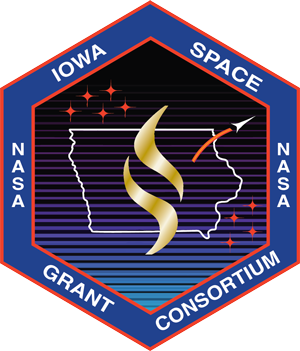As Urban Air Mobility (UAM) emerges as a transformative transportation solution, ensuring broad accessibility is essential for successful integration into metropolitan environments. Current UAM development may insufficiently account for varying local transportation needs, potentially limiting the reach and effectiveness of these systems if not carefully designed. This project addresses the critical gap between advanced autonomous air transp ortation technologies and urban planning practices by developing machine learning frameworks that prioritize both operational safety and accessibility in UAM system design.
ortation technologies and urban planning practices by developing machine learning frameworks that prioritize both operational safety and accessibility in UAM system design.
Our research employs a multi-faceted approach, combining deep reinforcement learning policies with hybrid LSTM-Graph Neural Network architectures to enable safe, efficient multi-agent UAV collision avoidance in complex urban airspaces. Using real-world data from Austin, Texas, we are building robust simulation environments that reflect practical UAM operations while creating adaptive algorithms for airspace management. The project includes optimization of vertiport placement through Monte Carlo tree search methods and the creation of VertiCAP, an innovative planning tool designed to incorporate stakeholder perspectives into UAM infrastructure design decisions.
The research will produce scalable algorithms capable of managing high-density UAM traffic while supporting fair access to aerial transportation options in a range of urban settings. By integrating design principles that reflect input from local stakeholders, UAM services are effectively aligned with municipal needs. The VertiCAP tool will offer municipalities data-informed insights for balanced vertiport placement and operational planning.
This project directly supports NASA ARMD’s Strategic Thrusts by advancing autonomous collision avoidance systems (Thrust 6), enabling safe vertical lift vehicle integration (Thrust 4), developing scalable airspace management for global operations (Thrust 1), and creating real-time safety assurance capabilities (Thrust 5). The outcomes will provide NASA with foundational technologies for next-generation aviation infrastructure while introducing planning strategies that support sustainable deployment in varied urban environments.

